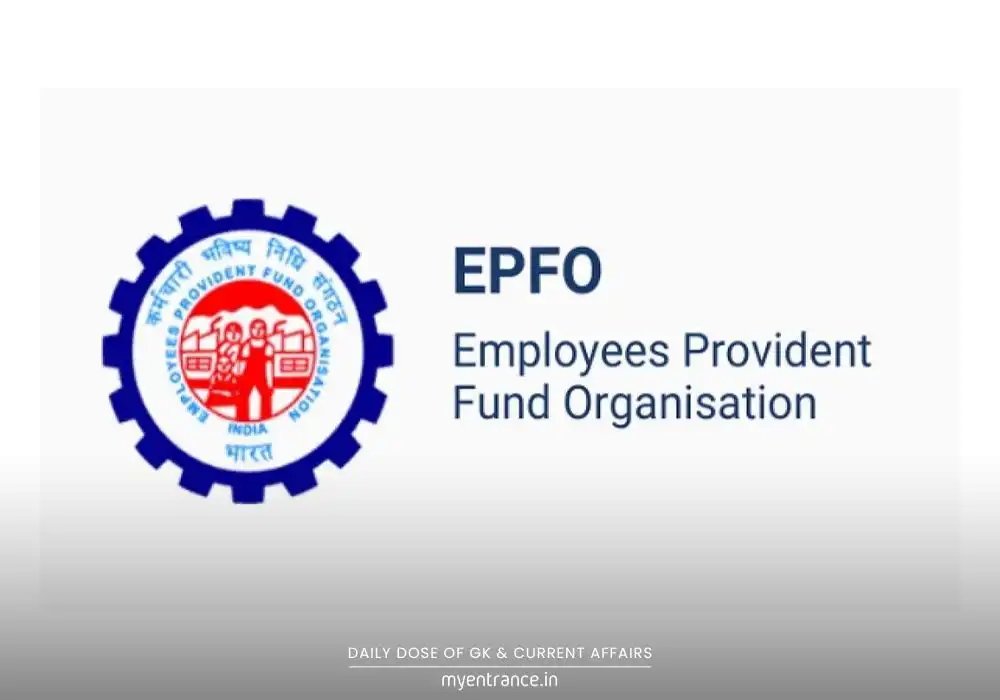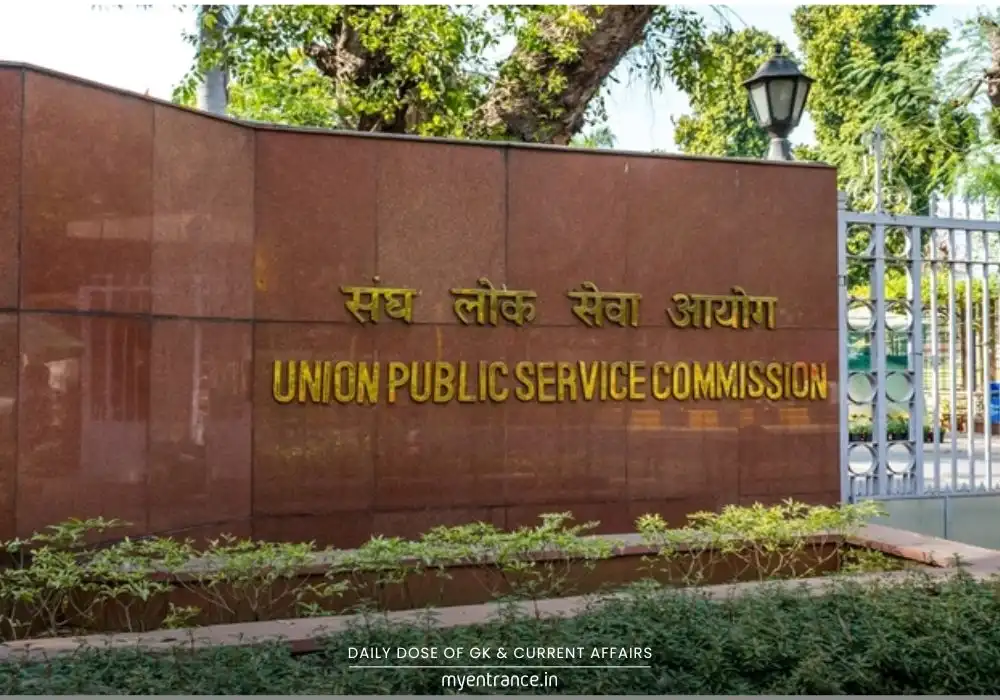Select Language
Can India’s New Employment-Linked Incentive (ELI) Scheme Solve the Job Crisis?
The Union Cabinet has approved the Employment-Linked Incentive (ELI) scheme to turbocharge formal job creation, especially in manufacturing. With a ₹99,446 crore budget, it targets 3.5 crore jobs over two years—making it crucial for aspirants tracking government policies.

What’s the ELI Scheme All About?
Imagine a policy that pays you to join the formal workforce! That’s Part A of the newly minted ELI scheme. If you’re a first-time employee registered with the EPFO (Employees’ Provident Fund Organisation), you could get up to ₹15,000 as a wage subsidy. Half is paid after 6 months of work, the rest after 12 months—but there’s a twist: part of this incentive is locked in savings to nurture financial discipline.
For employers, Part B is equally enticing. Hire extra hands, and the government pays you up to ₹3,000/month per employee for 2 years (extended to 4 years for manufacturing). The catch? You must retain hires for at least 6 months. Smaller firms (under 50 staff) need just 2 new hires, while larger ones require 5.
Why Manufacturing Gets Special Love
The scheme deliberately prioritizes manufacturing, where job creation has lagged. Employers here enjoy incentives for 4 years instead of 2—a clear nudge to boost “Make in India.”
Transparency & Scale
• All subsidies flow via DBT (Direct Benefit Transfer) to employees’ accounts.
• Employer incentives land in PAN-linked accounts.
• Target: 1.92 crore first-timers and 1.58 crore additional jobs by July 2027.
Why This Matters for Exams:
Current Affairs Goldmine: ELI is a flagship policy—expect direct questions in SSC, PSC, and UPSC prelims on its objectives, structure, or sectoral focus.
Policy Analysis Skills: Mains exams (like GS Paper II) demand critiques of schemes. Compare ELI with PLI (Production-Linked Incentive) or analyze formalization challenges.
Economic Context: Questions on unemployment, fiscal prudence, or manufacturing growth will reference ELI.
Design Exams (NID/NIFT): Understanding job-linked schemes helps in GD/PI rounds—showcases awareness of economic ecosystems affecting design industries.
Sample Q&As for Exam Prep:
Q1: How does Part A of the ELI scheme support first-time employees?
A1: It offers a wage subsidy (up to ₹15,000) in two instalments—after 6 and 12 months of employment. Part of the amount is saved in a fixed deposit to encourage financial literacy.
Q2: Which sector receives extended incentives under Part B?
A2: Manufacturing units get incentives for 4 years (vs. 2 years for others), emphasizing the scheme’s focus on industrial job growth.
Q3: What’s the minimum hiring requirement for a firm with 60 employees?
*A3: Such firms must hire at least 5 additional employees and retain them for 6+ months to qualify for incentives.*
Q4: How is the ELI scheme’s success measured?
A4: Primarily through EPFO registration data—tracking new enrollments (for Part A) and sustained job additions (for Part B).
Q5: How does ELI differ from traditional employment schemes?
A5: Unlike MGNREGA (rural focus) or Skill India (training), ELI directly incentivizes formal job creation via employer subsidies and employee cash benefits, targeting urban manufacturing.
Get 3 Months Free Access for SSC, PSC, NIFT & NID
Boost your exam prep!
Use offer code WELCOME28 to get 3 months free subscription. Start preparing today!















